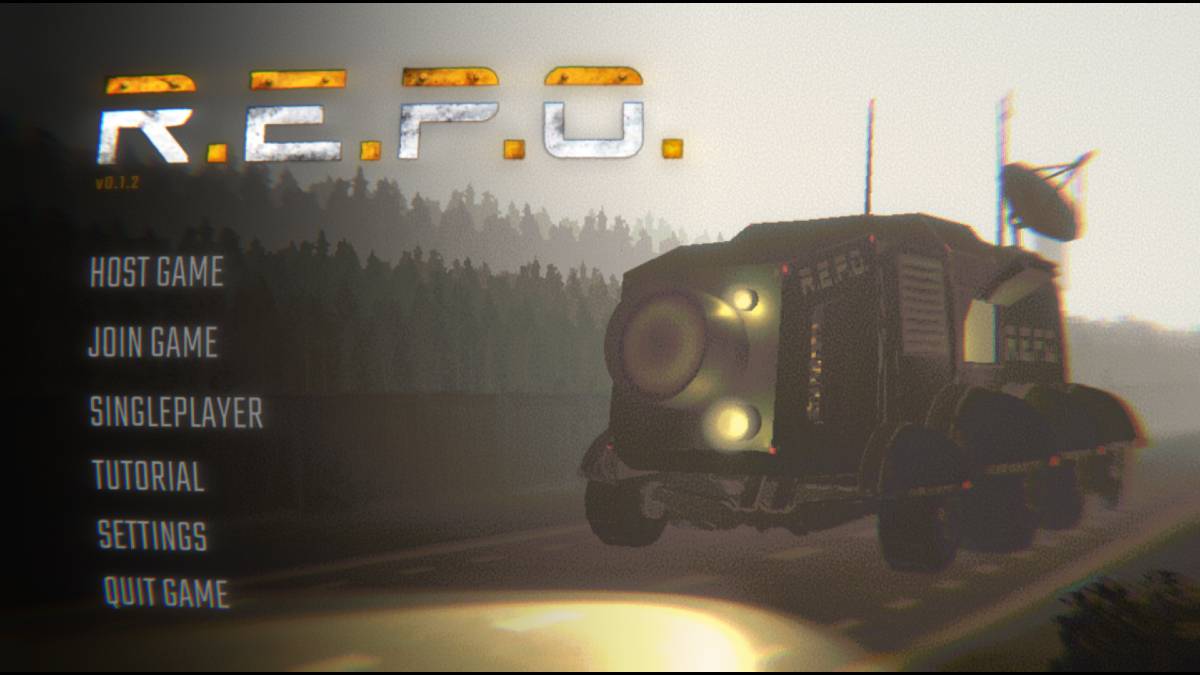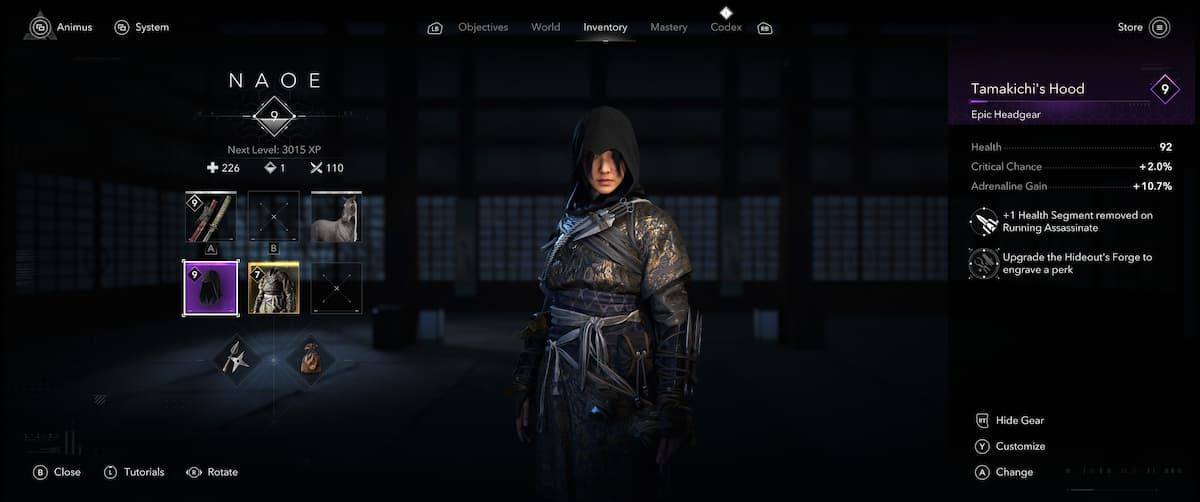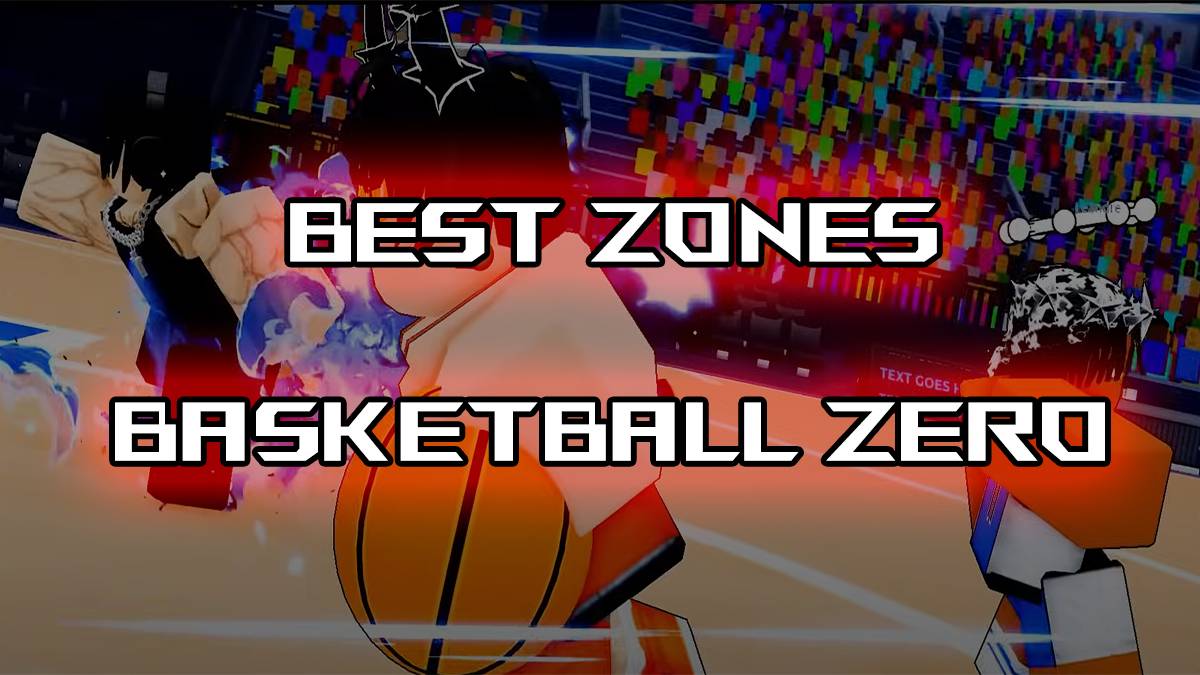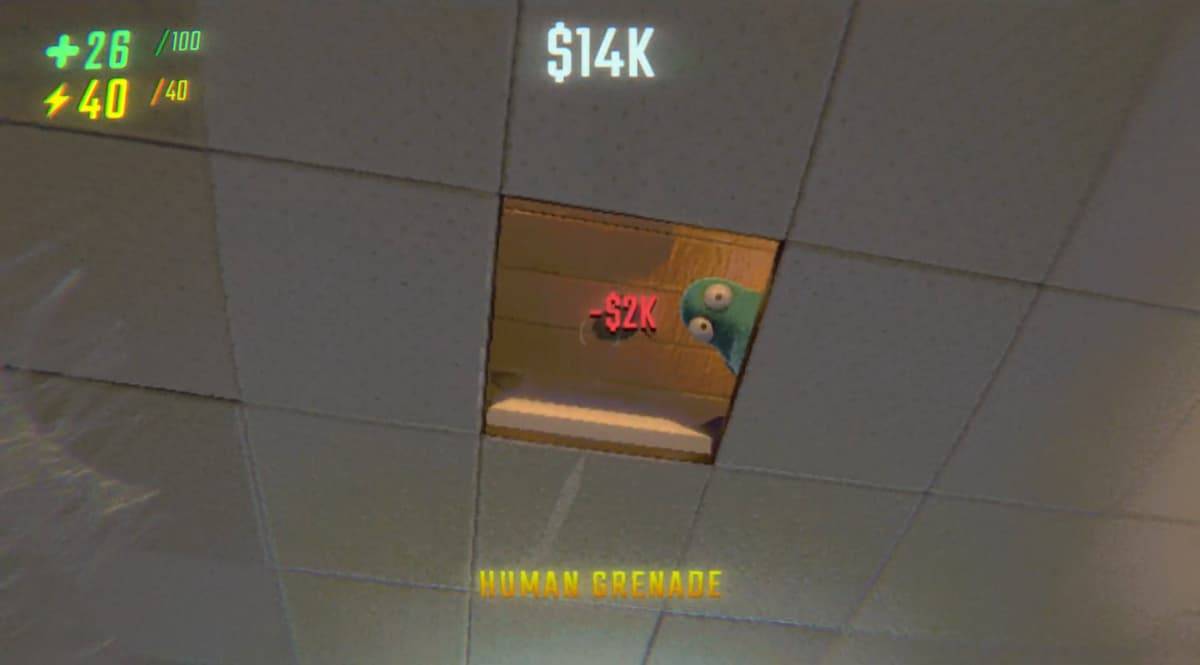The Burning Monolith: A Path of Exile 2 Endgame Challenge
The Burning Monolith, a unique map location in Path of Exile 2's Atlas of Worlds, resembles the Realmgate but presents a significantly greater challenge. It's located near the starting point of your mapping journey, but accessing it requires three rare items: Crisis Fragments.
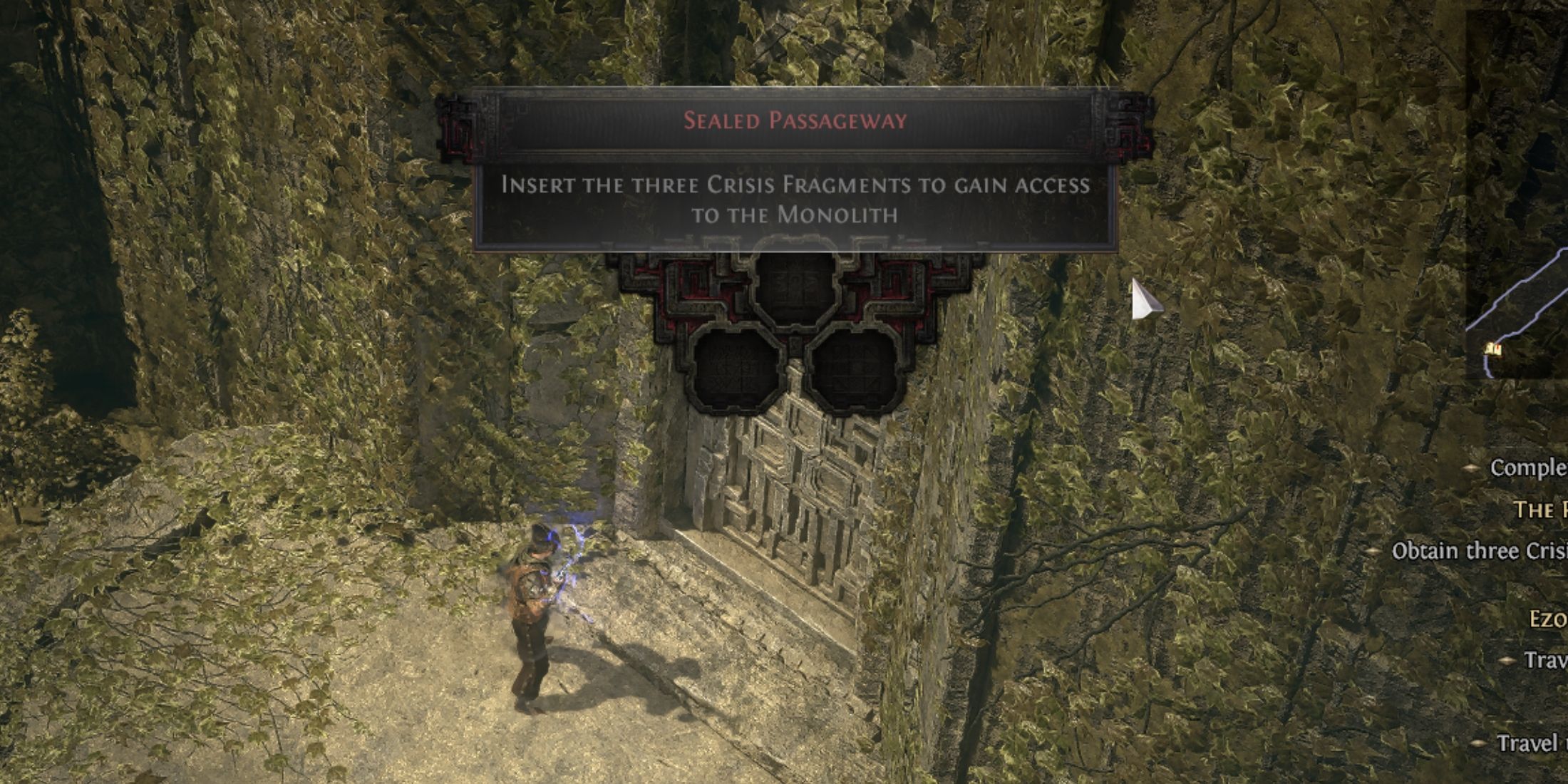
Accessing the Burning Monolith and the Arbiter of Ash
The Burning Monolith is the lair of the Arbiter of Ash, the game's most formidable pinnacle boss. Your first attempt to activate the Monolith's door initiates "The Pinnacle of Flame" quest, requiring completion of three Citadels: the Iron, Copper, and Stone Citadels. Each Citadel yields a unique Crisis Fragment. Once you've collected all three, use them at the Monolith's altar to unlock the Arbiter of Ash encounter. Be prepared – this boss boasts devastating attacks and immense health; ensure your character build is optimized before attempting this fight.
Locating the Elusive Citadels
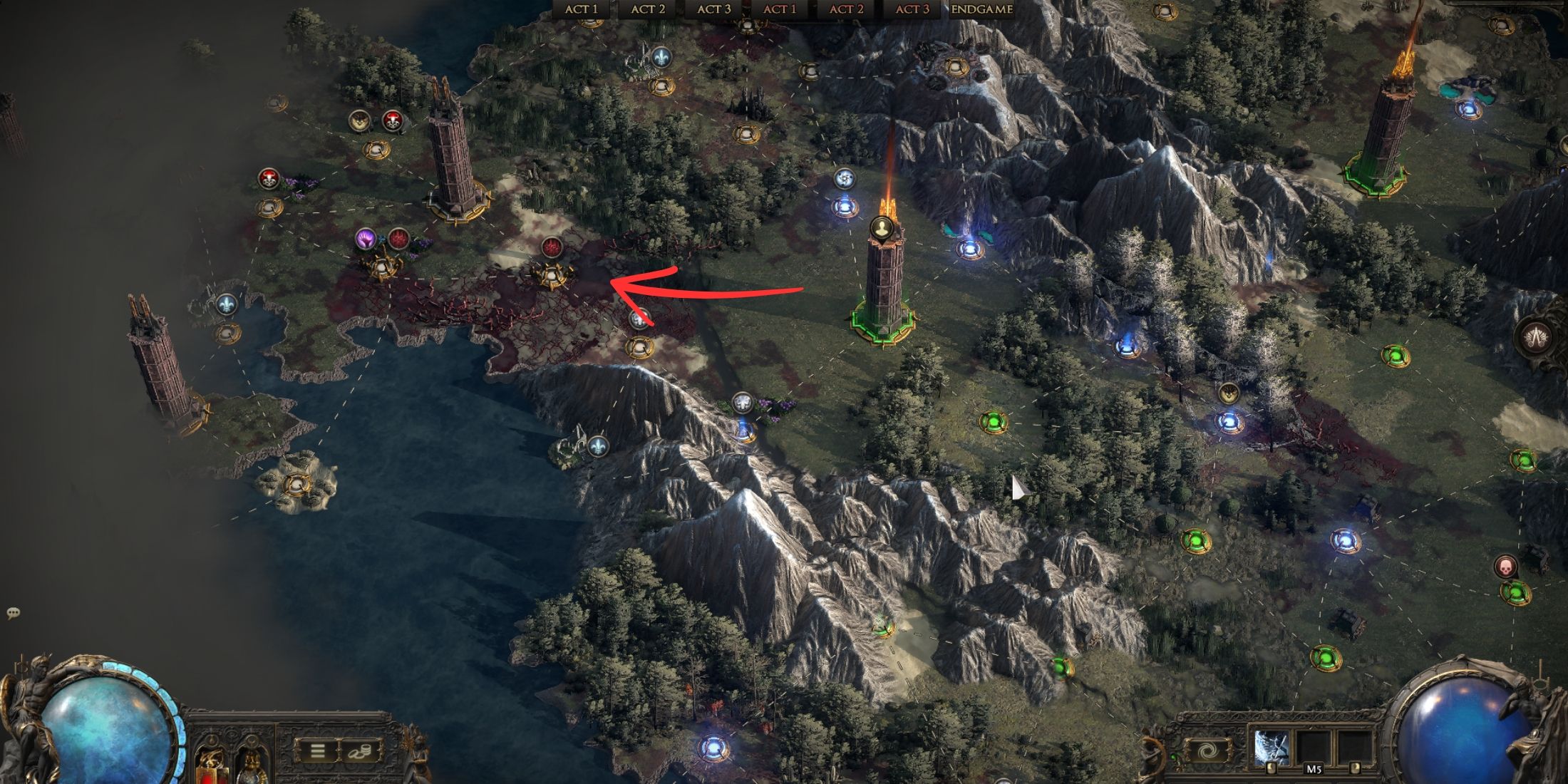
Finding the three Citadels is the most arduous task. Their locations are randomly generated for each player's Atlas, making consistent strategies difficult. However, these community-based tips may assist:
- Directional Progression: Choose a direction on the Atlas and explore systematically until you locate a Citadel. Utilizing Towers for a broader view is recommended.
- Corruption Tracking: Focus on corrupted nodes at the edges of your Atlas. Clear these nodes, unlock nearby Towers, and repeat. This can be combined with the directional method.
- Clustered Appearance: Anecdotal evidence suggests Citadels often appear in groups. Finding one may lead to the others nearby.
Citadel hunting is a late-game activity, best undertaken once your build is exceptionally strong.
Alternative Acquisition of Crisis Fragments
Crisis Fragments, the ultimate goal of the Citadel hunt, can be purchased from online trading websites or through in-game currency exchanges. However, their rarity makes them expensive. Weigh the cost against the time investment required to hunt them yourself.






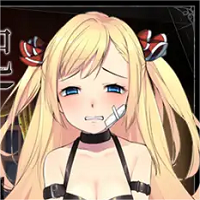


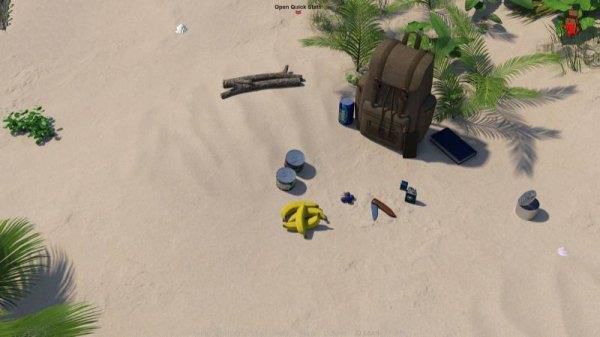

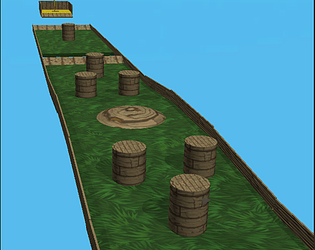

![Love and Ashes – New Version v24Oct2023 [EngelKuchKuch]](https://img.hpncn.com/uploads/62/1719586547667ecef3ca549.png)
